Explore the Best AI Image Gallery
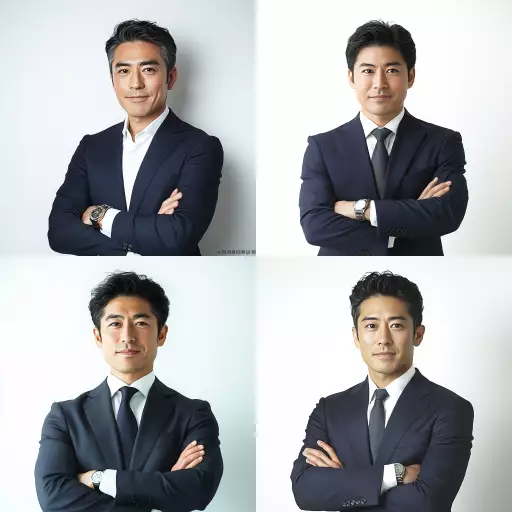
Beyond the Brush: AI-Generated Visual Content and the Evolving Creative Landscape
The realm of visual creativity is undergoing a profound transformation, driven by the emergence of powerful AI algorithms capable of generating stunning and original imagery. From concept art to marketing materials, AI-generated visual content is rapidly finding its way into various aspects of our lives, blurring the lines between human and machine artistry.
The Potential Unleashed
AI-powered tools offer a plethora of exciting possibilities for creators across diverse disciplines:
- Concept Development: Artists can leverage AI to rapidly explore numerous visual concepts, iterating and refining ideas with ease.
- Personalized Content: Businesses can utilize AI to generate customized visuals tailored to individual customer preferences, enhancing engagement and brand loyalty.
- Accessibility for All: Individuals without traditional artistic skills can now create compelling visuals using AI-powered platforms, democratizing the creative process.
- Efficiency and Automation: Repetitive tasks like image editing and background removal can be efficiently handled by AI, freeing up human artists to focus on more conceptual and creative endeavors.
Applications Across Industries
The impact of AI-generated visual content extends far beyond the realm of fine art:
- Advertising and Marketing: Creating eye-catching visuals for campaigns, social media, and websites.
- Gaming and Entertainment: Generating immersive game environments, characters, and special effects.
- Architecture and Design: Visualizing building concepts, interior designs, and product prototypes.
- Education and Research: Creating interactive visual aids for learning and scientific visualization.
Navigating the Ethical Terrain
While the potential benefits are undeniable, it is crucial to address the ethical considerations surrounding AI-generated visual content:
- Copyright and Ownership: Questions arise regarding the ownership of AI-generated artwork, particularly when trained on existing copyrighted material.
- Bias and Representation: AI algorithms can perpetuate existing societal biases if not carefully trained on diverse and representative datasets.
- Transparency and Accountability: It is essential to ensure transparency in the AI creation process and establish clear accountability for the outputs generated.
- Impact on Human Creativity:**
Striking a balance between leveraging AI as a tool and preserving the value of human creativity is paramount.
Looking Ahead: The Future of Creative Collaboration
The future of visual content creation lies in a collaborative partnership between humans and AI. Artists will increasingly use AI tools to enhance their creative workflows, explore new possibilities, and push the boundaries of imagination.
- Human-AI Co-Creation:**
- Personalized Creative Experiences:
- Evolving Artistic Expressions:
New platforms and workflows will emerge, enabling seamless collaboration between artists and AI systems.
AI will empower individuals to tailor their creative journeys, generating content that reflects their unique styles and preferences.
AI will inspire new forms of artistic expression, challenging traditional notions of creativity and pushing the boundaries of visual art.
By embracing responsible development and fostering ethical practices, we can harness the power of AI to unlock unprecedented creative potential, enriching our lives with innovative and inspiring visual content for generations to come.


](https://images.ai-img.art/thumbnails/150/0ba0be922ab76af53f75ab90126ae2b18a600ee3b96941e8ab897a9f10594e5a.webp)
](https://images.ai-img.art/thumbnails/150/2ebdeb4f7db35100e5be5de9bc3e533a40d14e5feedefd7ffc586524a0f3ba8c.webp)



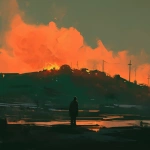



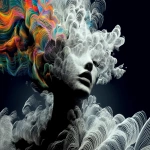
](https://images.ai-img.art/thumbnails/150/847809c77ca9a73b68bc190e6efb06fec87157685a243730d5a66a403b0e6e10.webp)














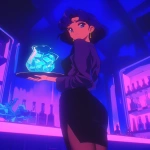
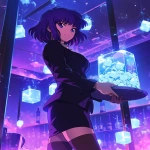
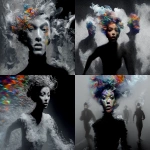

](https://images.ai-img.art/thumbnails/150/685ae68cfab93a7e59a71206867b060c45bd6fd3cd561c4fe60fca514b09c5f8.webp)


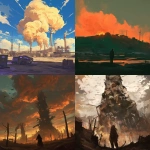


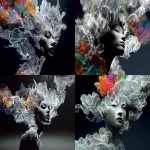
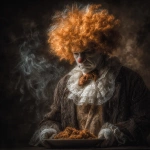
](https://images.ai-img.art/thumbnails/150/ff09e32d2be011c0dd785984c5c1e47839ce551a31da1bde242860b30df2aa30.webp)

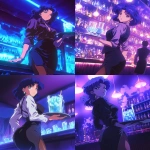

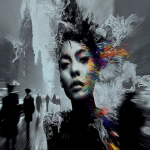
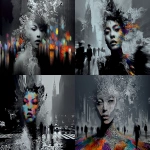
](https://images.ai-img.art/thumbnails/150/7cf5a08238f29c821f52bb4f63db48af0b7f633ff3b9f7253074d78ced9ff6f6.webp)
](https://images.ai-img.art/thumbnails/150/bd056a4718c27444e064198762f8dc8ffa1f74f1afd7dcda8d5cb8b142797d6e.webp)


](https://images.ai-img.art/thumbnails/150/a3ed6513a6661aa3ee46e0c2924d1e8888854e91d8908de39db5590dc41f8d8f.webp)